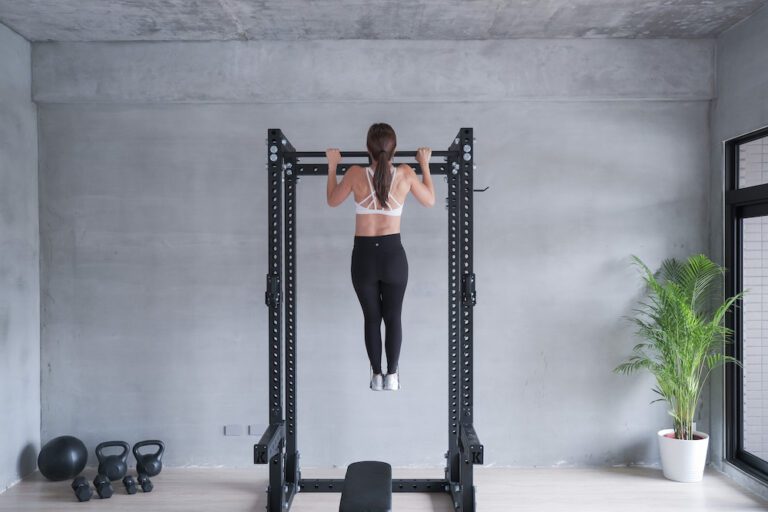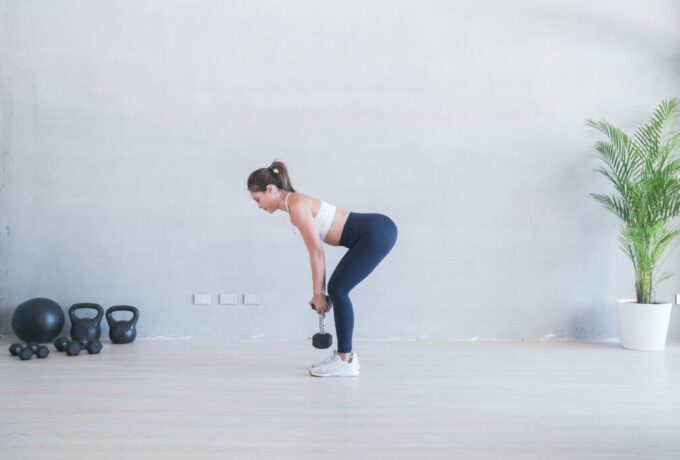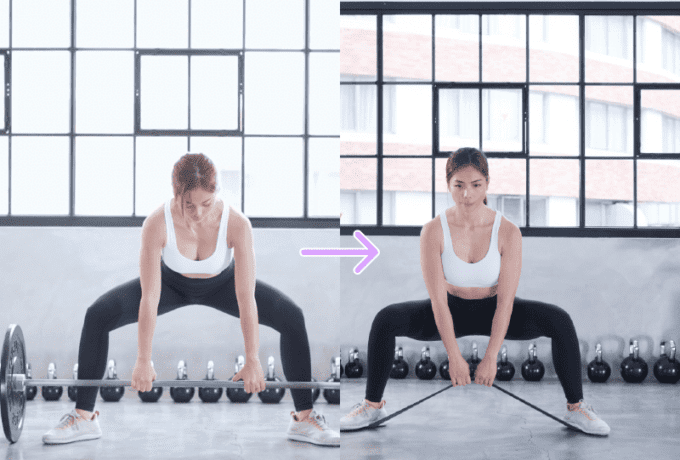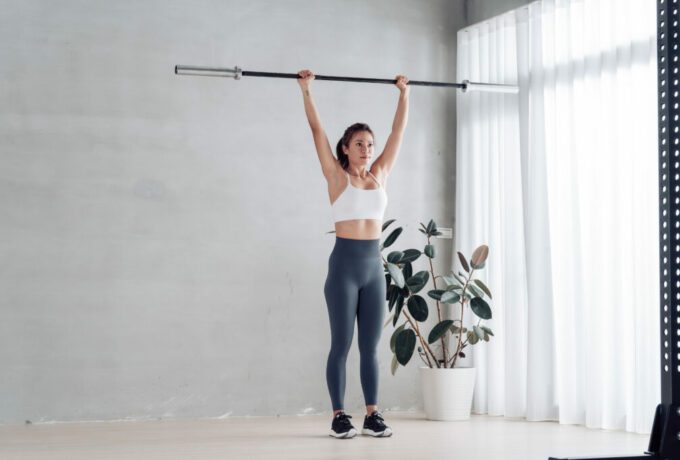Why is the respond of the back muscles often particularly poor?
For beginners who are just starting to train their back muscles, it’s important to be aware of habits that could negatively impact their progress. For instance, if you spend a lot of time at work looking down at your phone or frequently hunch over, your back muscles may not feel as good as other muscle groups. Over time, this can lead to an imbalance between your pectoral muscles and back muscles, making it more challenging to train your back effectively. Additionally, poor posture resulting from weak back muscles can negatively impact your overall appearance.
It’s common to experience tightness and pain in your shoulders and neck, particularly if you’re not used to training your back muscles in the middle and lower back. However, by incorporating exercises that target these areas, you can begin to strengthen and improve your posture.
How can I increase the respond of my back?
If you have this kind of issue, use a massage ball to relax your shoulders and neck (upper trapezius) which are usually too tight, and use some warm-up exercises to wake up the main back muscles (rhomboids, middle and lower trapezius, large and small round muscles, back muscles, etc.) next time before training your back muscles.
Why can’t I just do (assisted) pull-ups?
It is actually very inefficient to rely solely on assisted pull-ups to achieve pull-ups. When practicing pull-ups as a beginner, it’s common to experience a situation where the back muscles are not being fully engaged before the arms fatigue. If only one type of movement is practiced, it may take several attempts before achieving the correct form and feeling the proper muscle activation.
Additionally, the back consists of many different muscles, and vertical pull exercises like pull-ups do not evenly train all of them. Focusing solely on one direction of pull may increase the risk of muscle imbalance.
Therefore, it’s important to incorporate various pulling movements that effectively stimulate different back muscle groups.

Pull-ups 2.0 Schedule
May’s Pull-ups 2.0 schedule incorporates assisted pull-ups, dumbbell rows, and wide grip pull-downs to strengthen the back, while also promoting overall upper body and core stability development.
Building on the focus and structure of the 1.0 schedule, May’s pull-up 2.0 schedule is designed to help those who have completed the first phase to further improve their upper body strength and progress towards pull-ups.
It’s important to remember that pull-ups are a long-term exercise, and achieving them takes time and consistent effort. Even if you don’t succeed at first, don’t be discouraged! The 2.0 schedule not only targets the muscle strength required for pull-ups, but also includes high-intensity upper body super group training to strengthen the back and upper body muscle groups. Additionally, the lower body training is balanced in this schedule, allowing for overall strength improvement and progress towards your fitness goals. Let’s work towards becoming a stronger and healthier version of ourselves!
Pull-up 1.0 and 2.0 class schedule.
Target group: People who want to strengthen their upper body (mainly back muscles) (middle school or advanced) and aim at pull-ups
Training frequency: train at least three or five times a week, strengthening the back muscle group & hand muscle strength in the schedule
Duration: 45-55 minutes
Equipment: Dumbbells, bars, pulley machines, Smith machines, resistance bonds
Day 1 Back muscle + triceps
Assisted pull-ups (wide grip) 4 sets x 6 reps
Superset (3 sets):
pulley wide grip pull down 10 reps + pulley narrow grip pull down 10 reps
Seated Narrow Grip Rowing 3 sets x 10 reps
Super group (3 sets) :
Pulley standing one-handed rowing (left) 10 reps + Pulley standing one-handed rowing (right) 10 reps
Kneeling rope pull down 3 sets x 10 reps
Rope face pull 3 sets x 10 reps
Day 2 Back + Chest
Assisted pull-ups (narrow grip) 4 sets x 5 reps
Rope pull down 3 sets x 10 reps
Supersets (3 sets):
Dumbbell one-handed row (right) 10 reps + Dumbbell one-handed row (left) 10 reps
Wheel Standing Wide Grip Rowing 3 sets x 10 reps
Dumbbell upward incline narrow grip chest press 3 sets x 10 reps
Dumbbell lying chest bird 3 sets x 10 reps
Mountain Climb + Burpee 2 sets x 8 reps
Day3 Lower Body
Kettlebell Romanian Hard Raise 4 sets x 10 reps
Smith Squat 3 sets x 10 reps
Leg press 3 sets x 10 reps
Superset (3 sets):
Dumbbell Bulgarian Split Leg Squat (right) 10 reps + Dumbbell Bulgarian Split Leg Squat (left) 10 reps
Superset (3 sets):
Resistance Goblet Squat 15 + Dumbbell Resistance Crab Walk 15
The above is the Day 1-Day 3 plan for the first week of the 2.0 schedule. The complete pull-up program lasts for 6 weeks, and you can choose to do 3 or 5 exercises per week. The schedule is designed to progressively enhance the stimulation of your muscle groups. We invite those who already have a fitness foundation and want to train their back muscles to take on this challenge!









